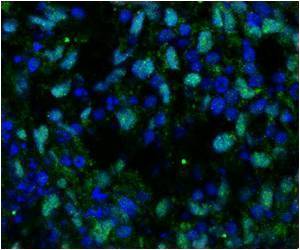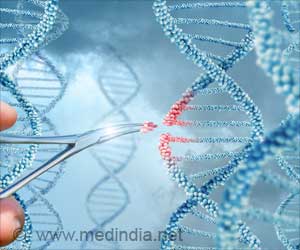Scientist, have developed a technique that could help generate solid organs from stem cells in the absence of a reliable supply of blood to the interior of the developing structure.
Scientist, have developed a technique that could help generate solid organs from stem cells in the absence of a reliable supply of blood to the interior of the developing structure.
Researchers at the Stanford University School of Medicine said that stem cells could thrive in segments of well-vascularized tissue temporarily removed from laboratory animalsAnd once the cells have nestled into the tissue's nooks and crannies, it is possible to seamlessly reconnect the so-called "bioscaffold" to the animal's circulatory system.
"Efforts to use tissue engineering to generate whole organs have largely failed primarily due to the lack of available blood vessels. Now we've essentially hijacked an existing structure to overcome this problem," said Dr. Geoffrey Gurtner, associate professor of surgery.
The researchers said that they could do so by keeping the tissue adequately supplied with oxygen and nutrients while outside of the body.
The researchers speculated that the stem cells in the tissue could soon be induced to become an internal, living factory of healthy, specialized cells churning out proteins missing in people with conditions like hemophilia or diabetes.
In the long run, they hope to encourage the cells to become entire transplantable organs, such as livers or pancreases.
Advertisement
"Eventually science will find a way to fabricate an organ in all its complexity. But in the short term we need to find more options for patients who are dying while waiting for transplants," said Gurtner.
Source-ANI
ARU/L












